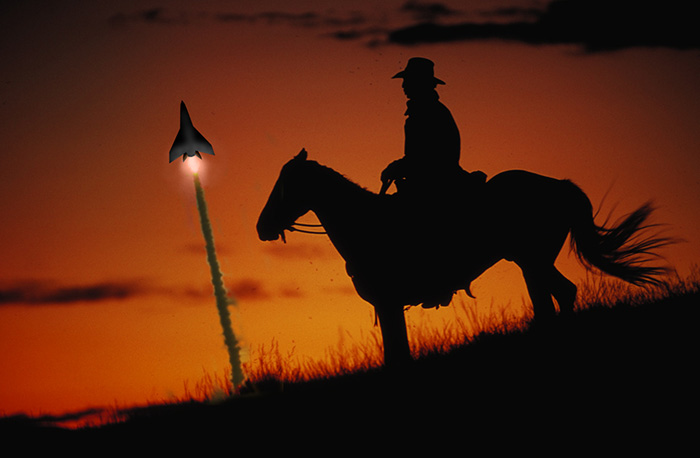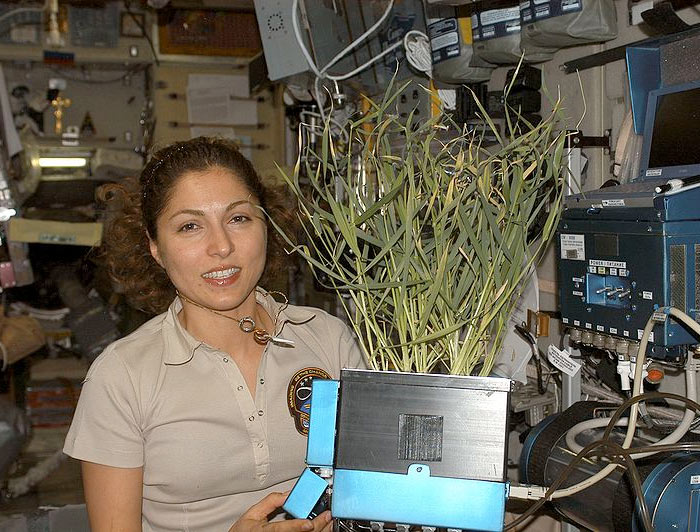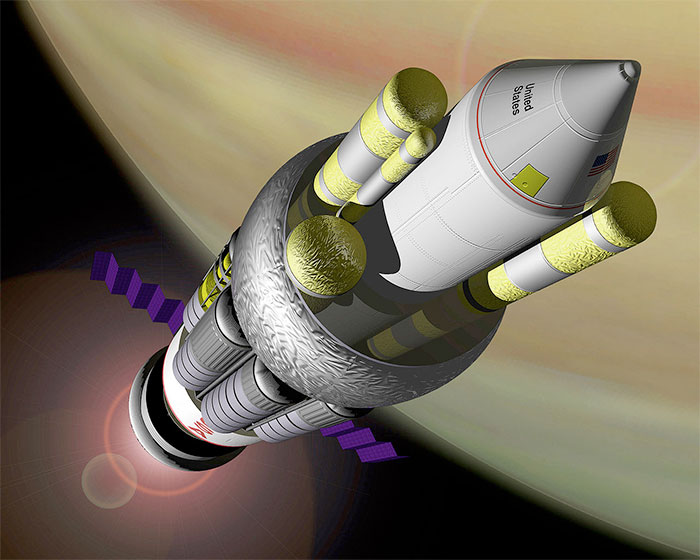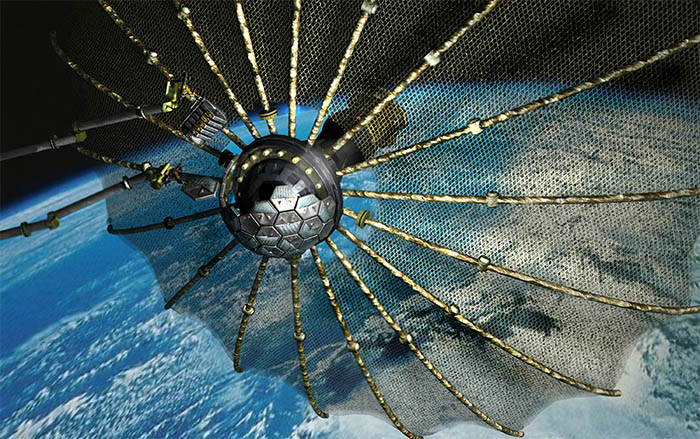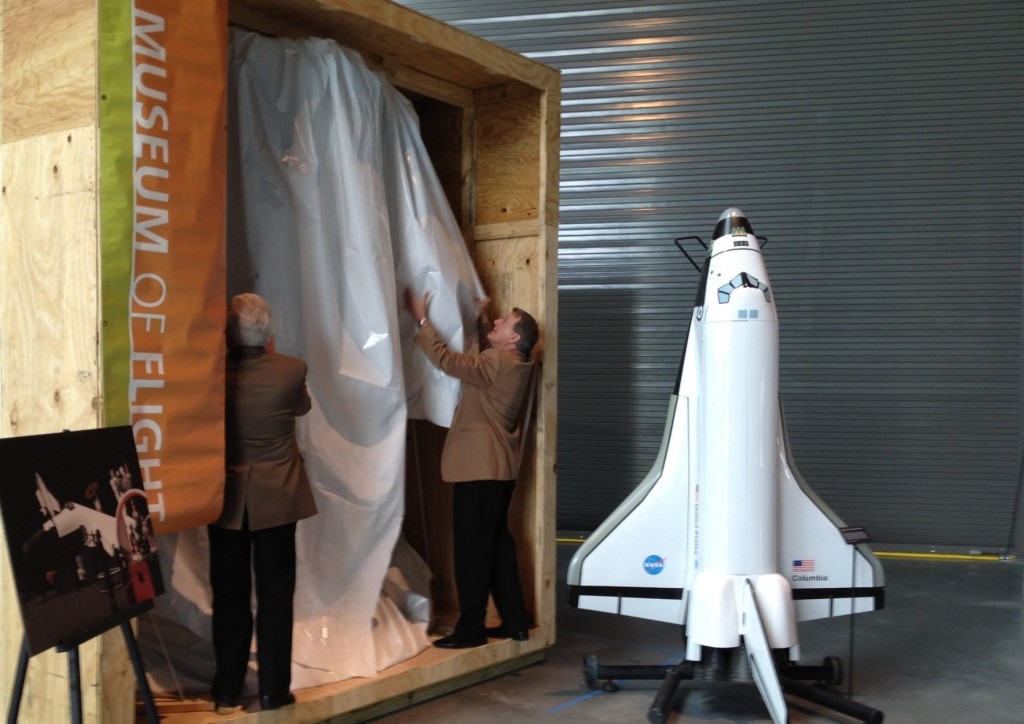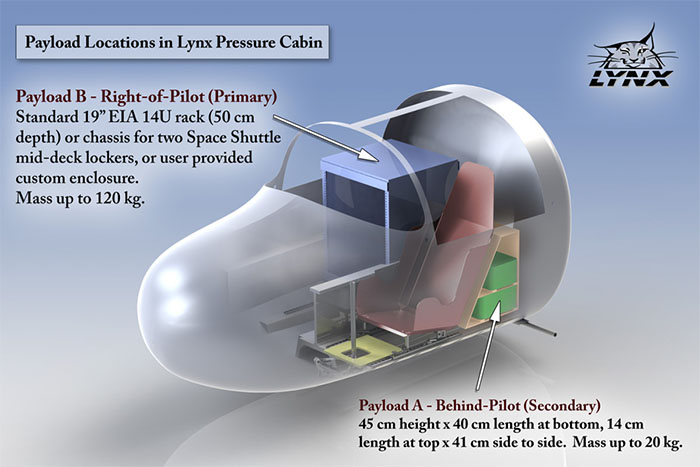
The Lynx Cub Payload Carrier will be on display this Friday (6 Feb 2015) during Innovation Day at Space Center Houston.
The Lynx Cub Carrier is a platform designed to carry multiple small experiments aboard the XCOR Lynx suborbital spacecraft. The Lynx Cub Carrier fits in a space behind the pilot’s seat (“Payload A” in the illustration above). It can accommodate up to 15 four-inch cubes or a combination of larger experiments up to 12 inches in length.
The Lynx Cub Payload Carrier was developed by the United States Rocket Academy with support from the State of Texas Aerospace Technology Research and Operations (ASTRO) Center (formerly the Space Engineering Research Center), the Department of Industrial and Systems Engineering at Texas A&M University, and XCOR Aerospace. The first flight article, which will appear at Space Center Houston, was finished in 2014. It was previously displayed at events such as the National Space Symposium, International Space Development Conference, and the National Science Teachers Association conference.
The Lynx Cub Carrier will be on display in the Space Center Houston lobby from opening until 2:45 PM. Along with the Lynx Cub Payload Carrier, the display will feature related experiment hardware, a model of the XCOR Lynx spacecraft, and citizen astronaut candidates to answer questions. At 2:45 PM, the Lynx Cub Carrier will move to Johnson Space Center’s Gilruth Conference Center for “Texas: the Space State,” a presentation by Citizens in Space at the Space Exploration Educators Conference. Other parts of the display will remain available in the lobby until 4:00 PM.
Other exhibitors at Innovation Day will include the Lunar and Planetary Institute, the Texas Space Grant Consortium, Microsoft, Nanoracks, and the NASA Commercial Crew Program.

